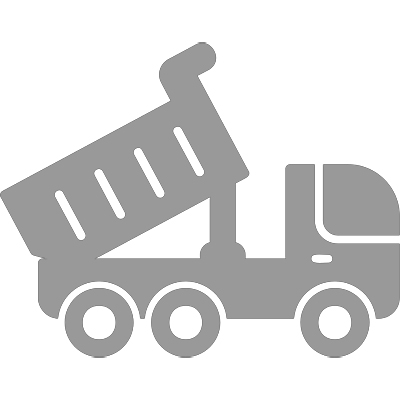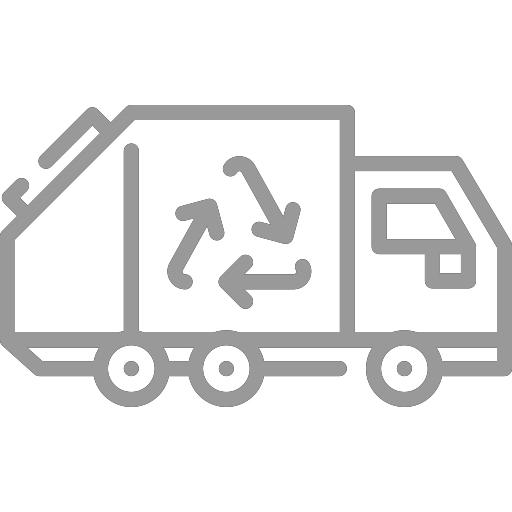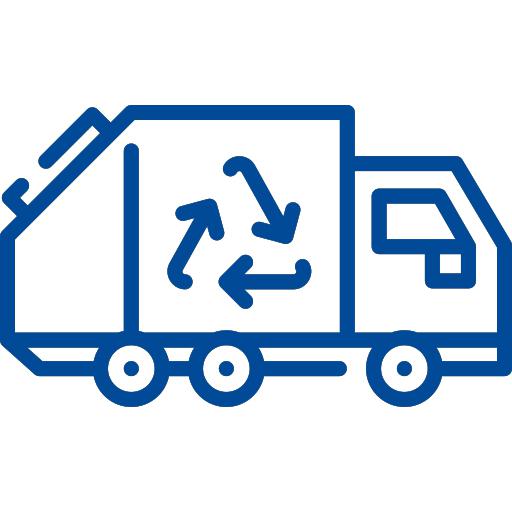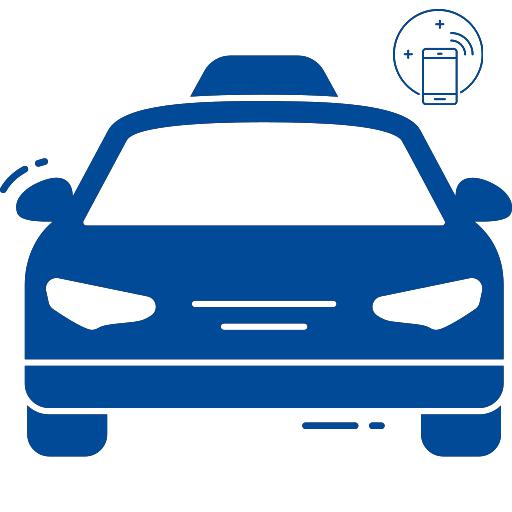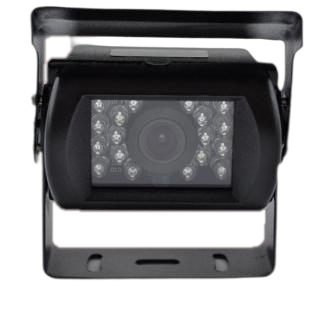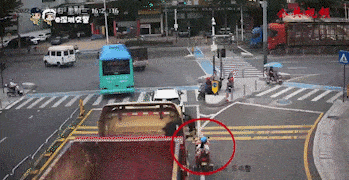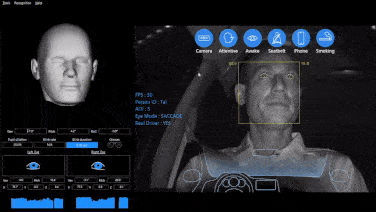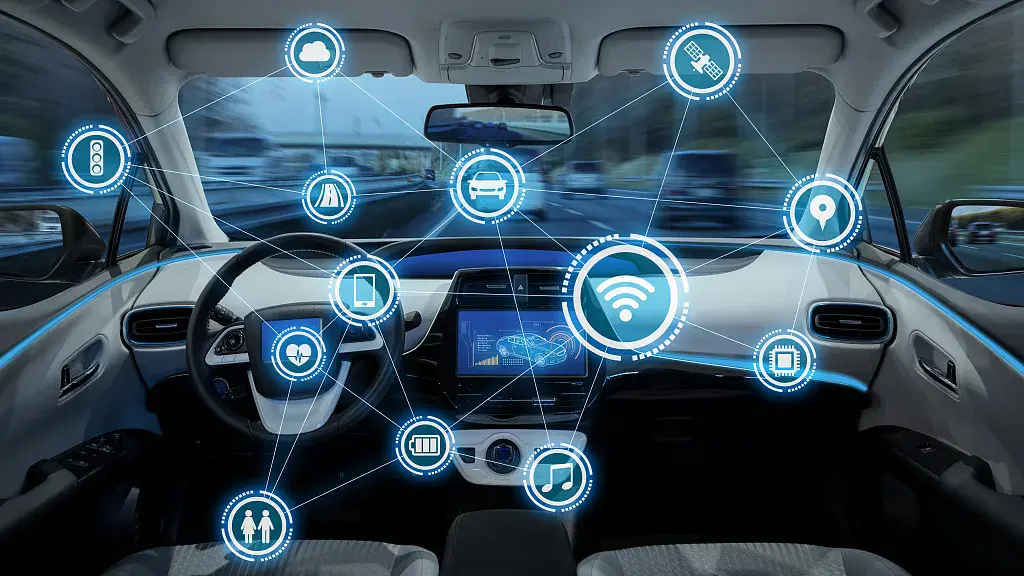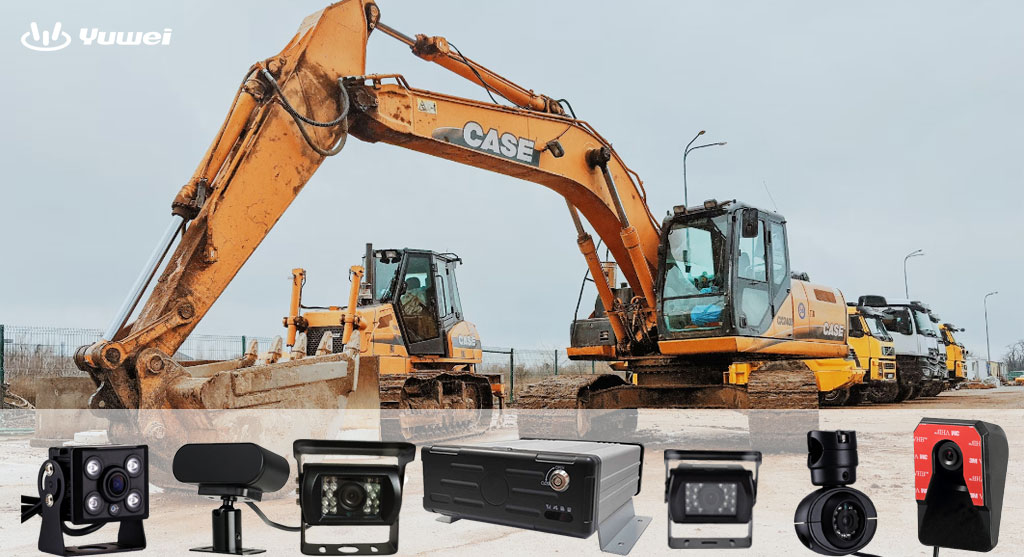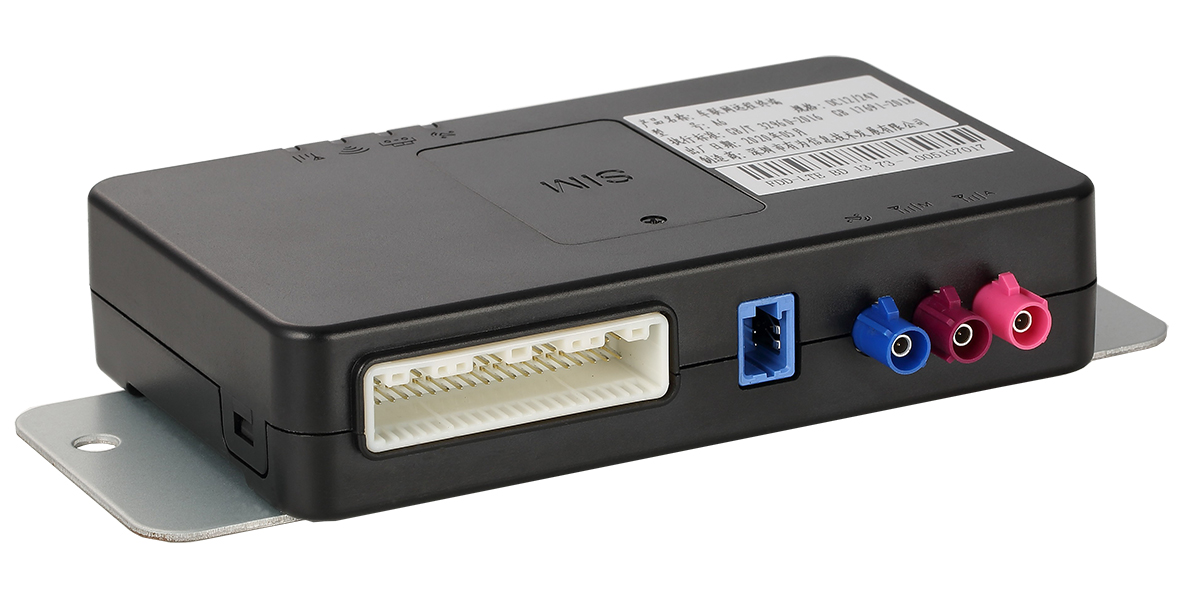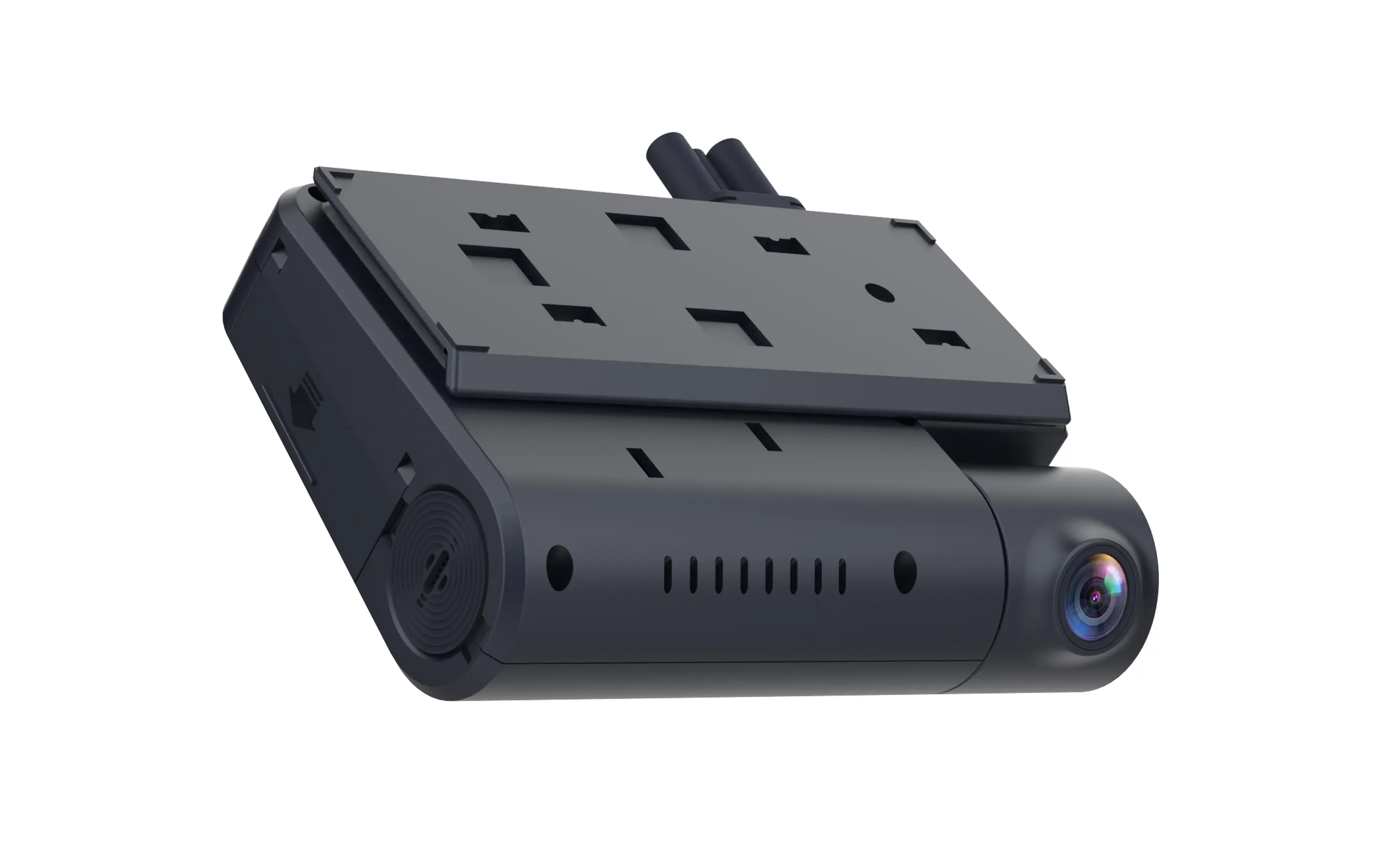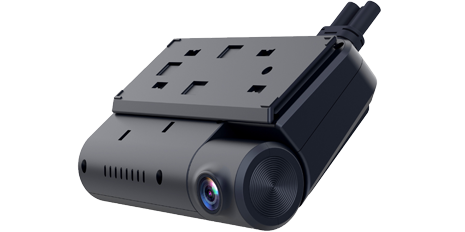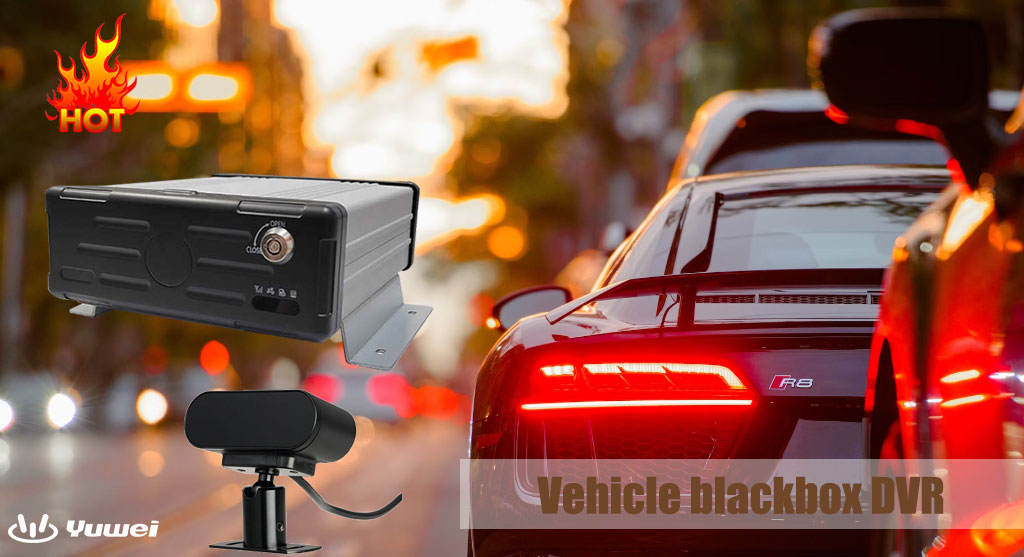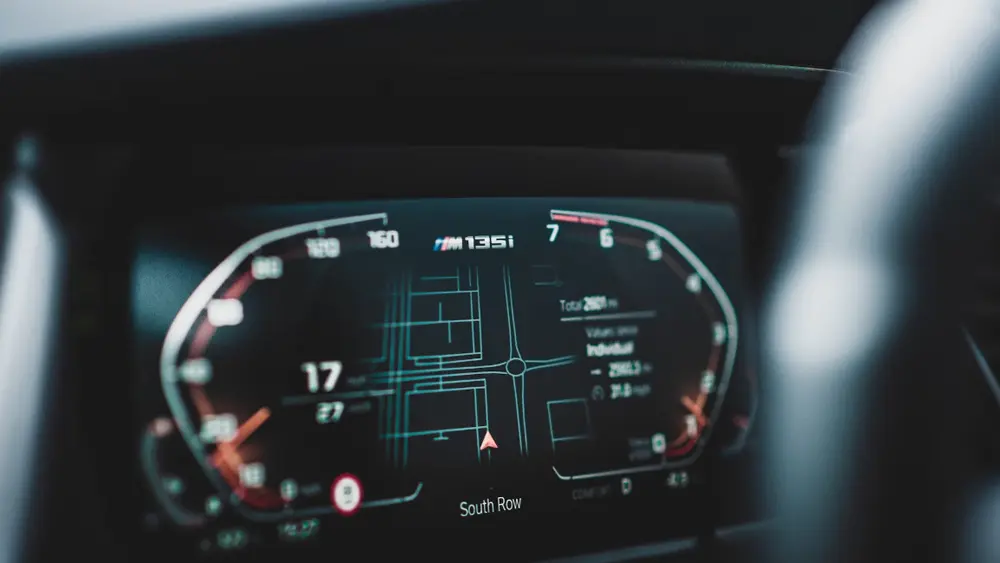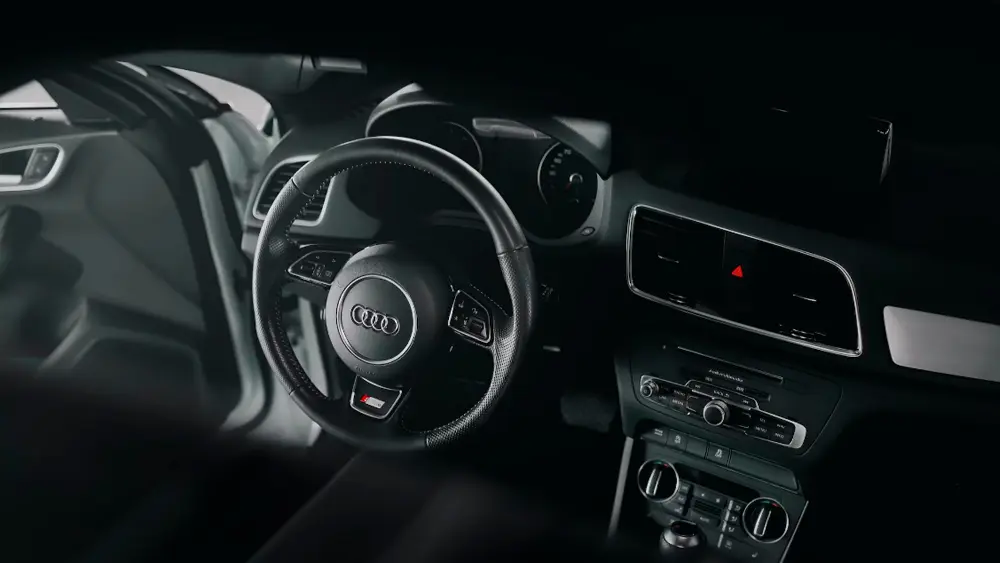The 10 Best Backup Camera Manufacturers of 2024
The 10 Best Backup Camera Manufacturers of 2024
A backup camera is an in-vehicle monitoring device installed at the rear of a vehicle, designed to help drivers see behind them more clearly while reversing. It provides real-time video by linking to an in-car display, expanding the field of view, reducing blind spots, and enhancing the safety of reversing and parking. Typically, it is installed in the center of the rear cargo area of trucks, where it is exposed to the elements, making features like waterproofing and dustproofing essential.

Common Features of Backup Cameras:
1. Real-Time Video Display: Shows the rear view in real-time when reversing, aiding in rearward visibility.
2. Wide-Angle View: Provides a broader field of vision, reducing blind spots and enabling a comprehensive view of the area behind the vehicle.
3. Distance Guidelines: Displays distance markers on the video feed to assist in judging the distance from objects behind the vehicle.
4. Dynamic Trajectory Lines: Adjusts the trajectory lines in real-time based on steering wheel movement to accurately display the reversing path.
5. Night Vision: Offers clear rear-view images in low light or nighttime conditions.
6. Obstacle Alert: Issues warnings when an obstacle is detected, alerting the driver to potential hazards.
7. Panoramic View System: Integrates images from multiple cameras to generate a bird's-eye view of the vehicle's surroundings.
8. Automatic Braking Assistance: Automatically brakes the vehicle when a collision is imminent.
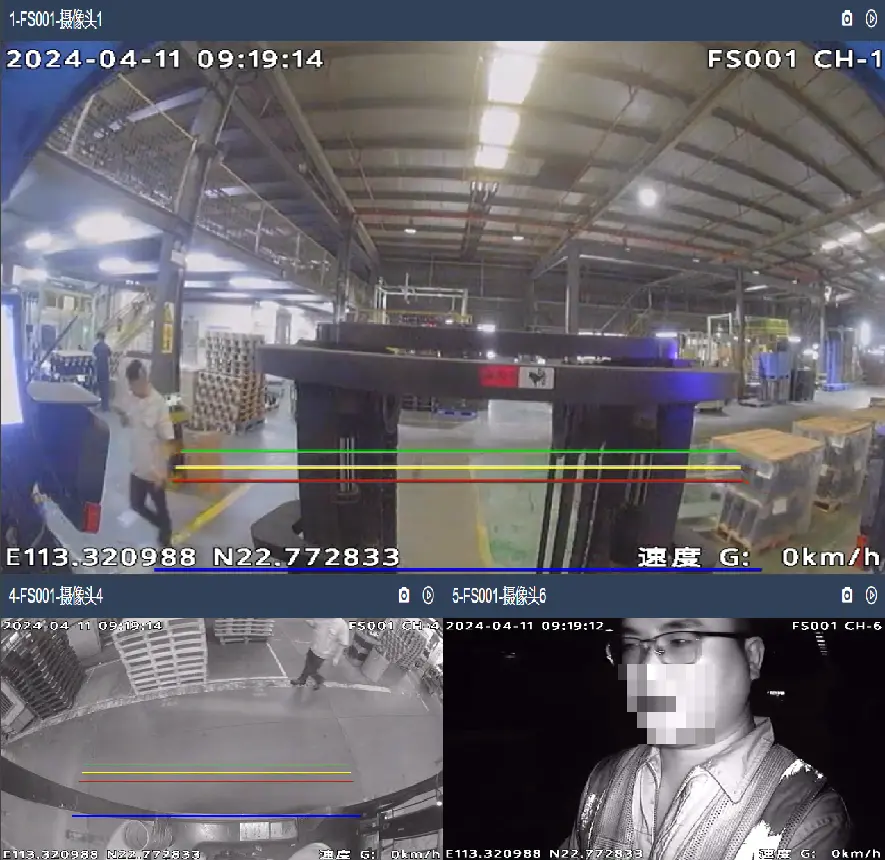
In everyday life, almost all vehicles require the use of backup cameras, including private cars, taxis, trucks, school buses, buses, trailers, cranes, and more.
Best Backup Camera Manufacturers of 2024:
1. YUWEI (China)
- Model: A720PJ-3228-412
- Features: Designed for commercial vehicles (taxis, trucks, school buses, etc.), with high durability and high-definition cameras.
- Functions: Equipped with an LED display, ultra-wide-angle, night vision, waterproof and dustproof (IP69K), supports defogging, lightning protection, noise reduction, etc.
- Pros: Highly durable, suitable for harsh environments, excellent night vision performance. Made in China, offering the lowest price for the same performance.
- Cons: Primarily focused on commercial vehicles.

2. XTRONS (UK)
- Model: CAM009
- Features: Affordable, high-value backup camera suitable for various vehicle types.
- Functions: 170° wide-angle, waterproof design, automatic night vision, easy installation.
- Pros: Easy to install, wide range of applications.
- Cons: Average image quality, night vision not as good as high-end products.

3. AUTO-VOX (Germany)
- Model: CS-2 Wireless Backup Camera
- Features: Wireless design, easy to install without vehicle wiring modifications.
- Functions: 110° viewing angle, night vision, waterproof design, wireless connection, solar power.
- Pros: Wireless connection, easy installation, solar power reduces battery replacement needs.
- Cons: Narrower viewing angle, occasional interference with the wireless signal.

4. Pyle (USA)
- Model: PLCM7500
- Features: High value for money, suitable for various vehicles, with parking guide lines.
- Functions: 170° wide-angle, night vision, waterproof and dustproof, equipped with an LCD display.
- Pros: Reasonably priced, convenient to use with the included display.
- Cons: Average display quality, overall image clarity could be better.

5. Yada (USA)
- Model: Digital Wireless Backup Camera BT54860
- Features: Digital wireless connection, stable signal, suitable for family cars.
- Functions: 120° viewing angle, wireless transmission, night vision, waterproof design.
- Pros: Wireless connection for easy installation, good value for money.
- Cons: Narrower viewing angle, suitable for smaller or family cars.

6. eRapta (USA)
- Model: ERT01
- Features: Cost-effective design, a universal camera suitable for various vehicles.
- Functions: 149° viewing angle, night vision, waterproof design, high-definition image transmission.
- Pros: Affordable, easy to install, decent image quality.
- Cons: Basic functionality, average night vision performance.

7. LeeKooLuu (USA)
- Model: LKL-0801
- Features: High-resolution camera, suitable for various vehicle types.
- Functions: 149° viewing angle, night vision, waterproof design, with a 4.3-inch LCD display.
- Pros: Good image clarity, convenient to use with the included display.
- Cons: Low display resolution, average night vision performance.
![]()
8. Toguard (USA)
- Model: Toguard Backup Camera T4
- Features: Equipped with a touchscreen display, reverse mirror function, suitable for family cars.
- Functions: 150° viewing angle, touchscreen operation, night vision, waterproof and dustproof.
- Pros: Easy operation, good image quality, rich features.
- Cons: Slightly complex installation, touchscreen can occasionally be unresponsive.
![]()
9. Vantrue (USA)
- Model: Vantrue N2 Pro
- Features: Integrated dash cam and backup camera, ideal for users needing multifunctionality.
- Functions: 140° front camera + 110° rear camera, night vision, loop recording, G-Sensor collision detection.
- Pros: Multifunctional, dual recording, excellent image quality.
- Cons: Higher price, complex installation, may not be ideal for users only needing a backup camera.

10. ROVE (USA)
- Model: Rove R2-4K Dash Cam
- Features: Combines dash cam and backup camera, supports 4K Ultra HD recording.
- Functions: 150° front + 120° rear cameras, enhanced night vision, WiFi connection, GPS tracking.
- Pros: Ultra HD image, rich features, suitable for multi-purpose use.
- Cons: Expensive, complex features, mainly used for dash cam and security monitoring.
![]()
Backup Camera Recommendation:
A waterproof backup camera (rear blind spot camera) is installed at the rear of the truck and combined with an in-car display to form a complete backup camera system, allowing real-time video viewing of the rear when reversing or parking.
Email:hello@yuweitek.com















